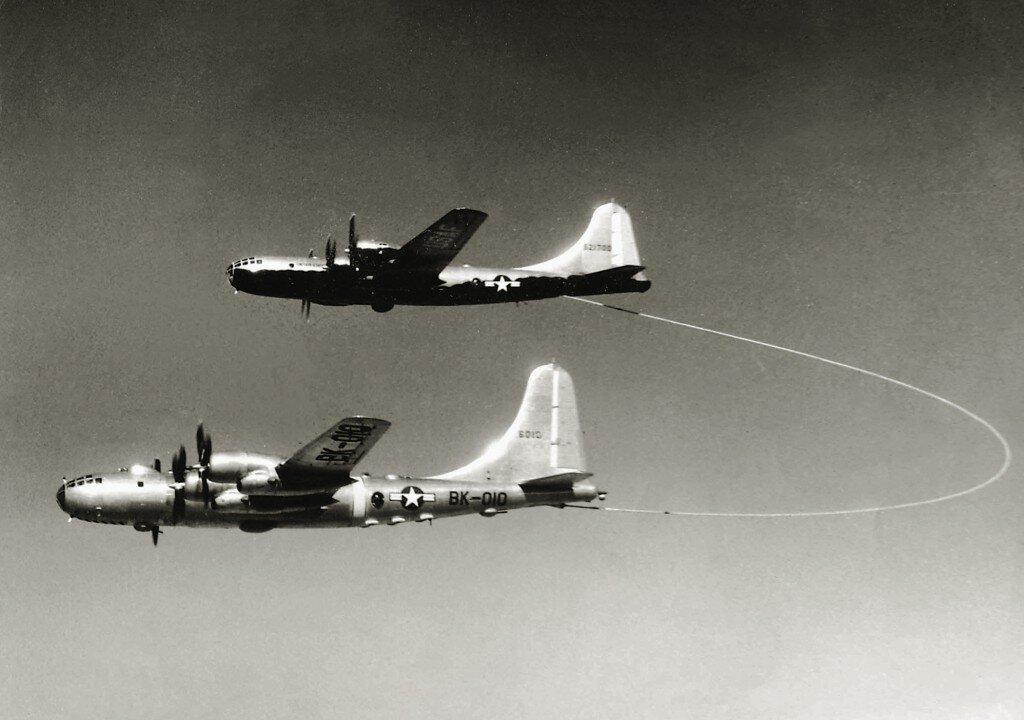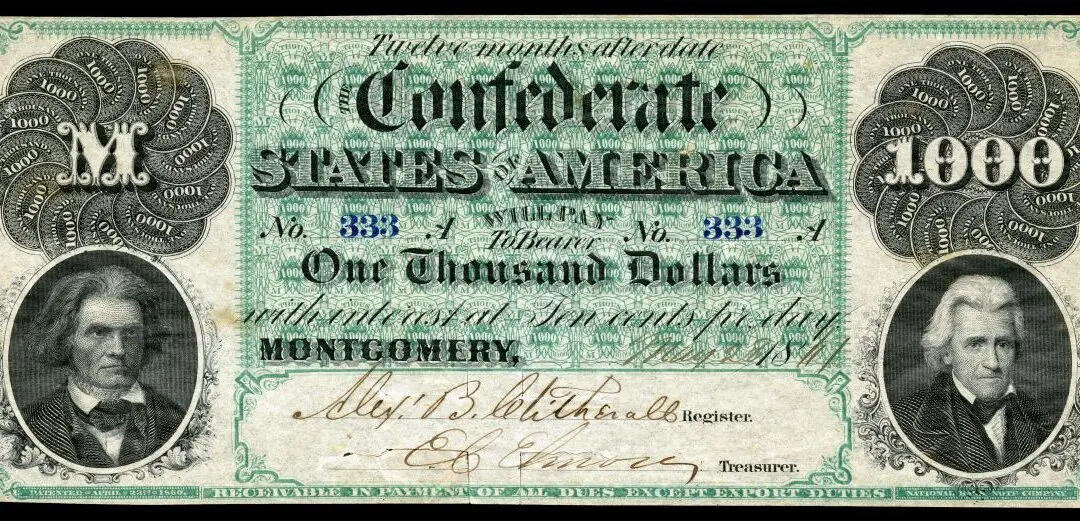After more than 35 hours in the air, Lts. John Macready and Oakley Kelly landed their Fokker T-2 plane at the airstrip of Rockwell Field in San Diego. The two U.S. Army Air Corps pilots had just set a world record for in-air duration. Their feat, accomplished on Oct. 5, 1922, placed them in the record books and ensured they would win that year’s Mackay Trophy, a trophy awarded annually for the “most meritorious flight of the year.” The two pilots would win the trophy the following year after completing the first nonstop transcontinental flight.
Their 1922 flight proved that planes and pilots were capable of much longer flights. The only real necessity was perpetual fueling.






